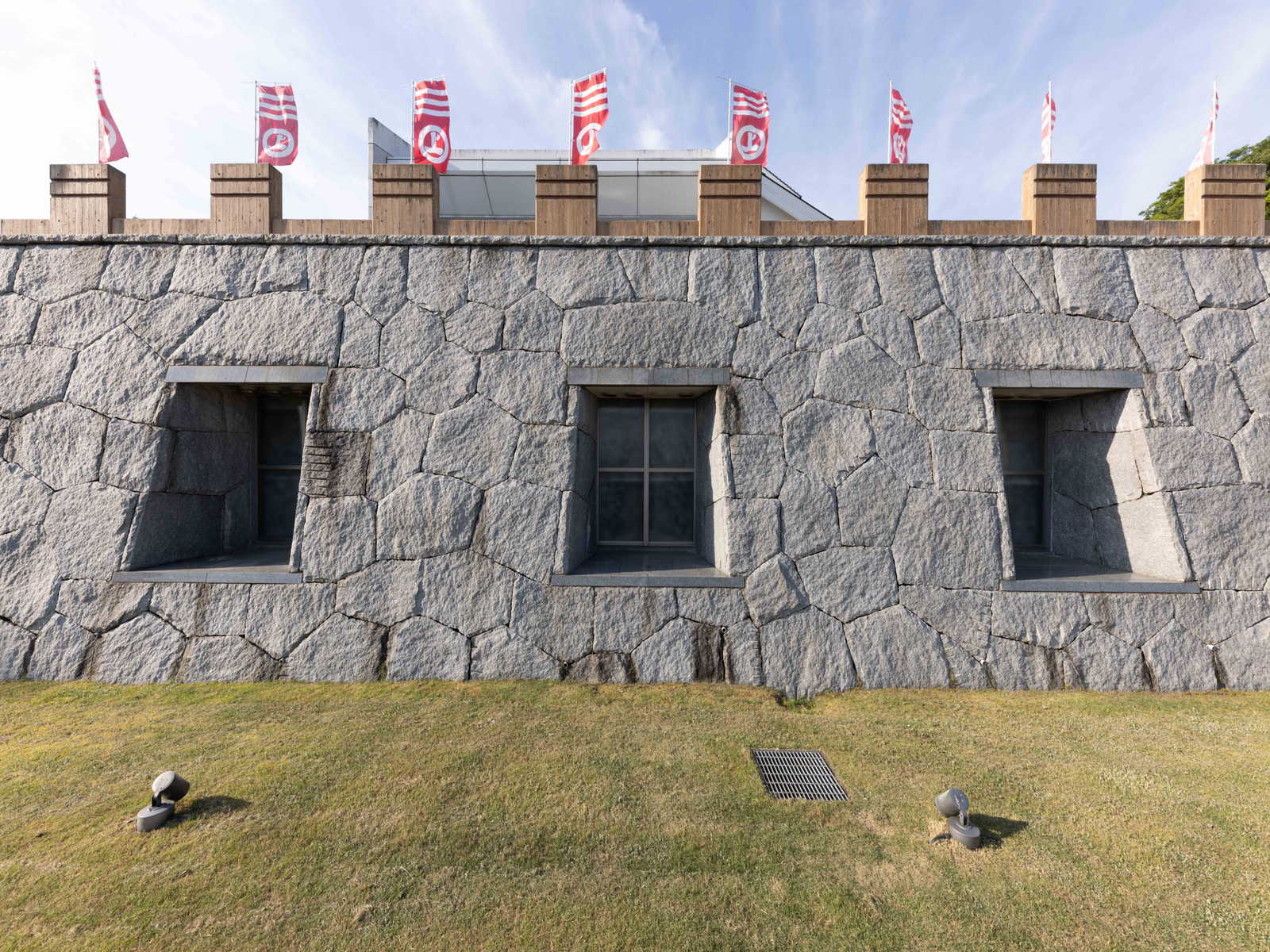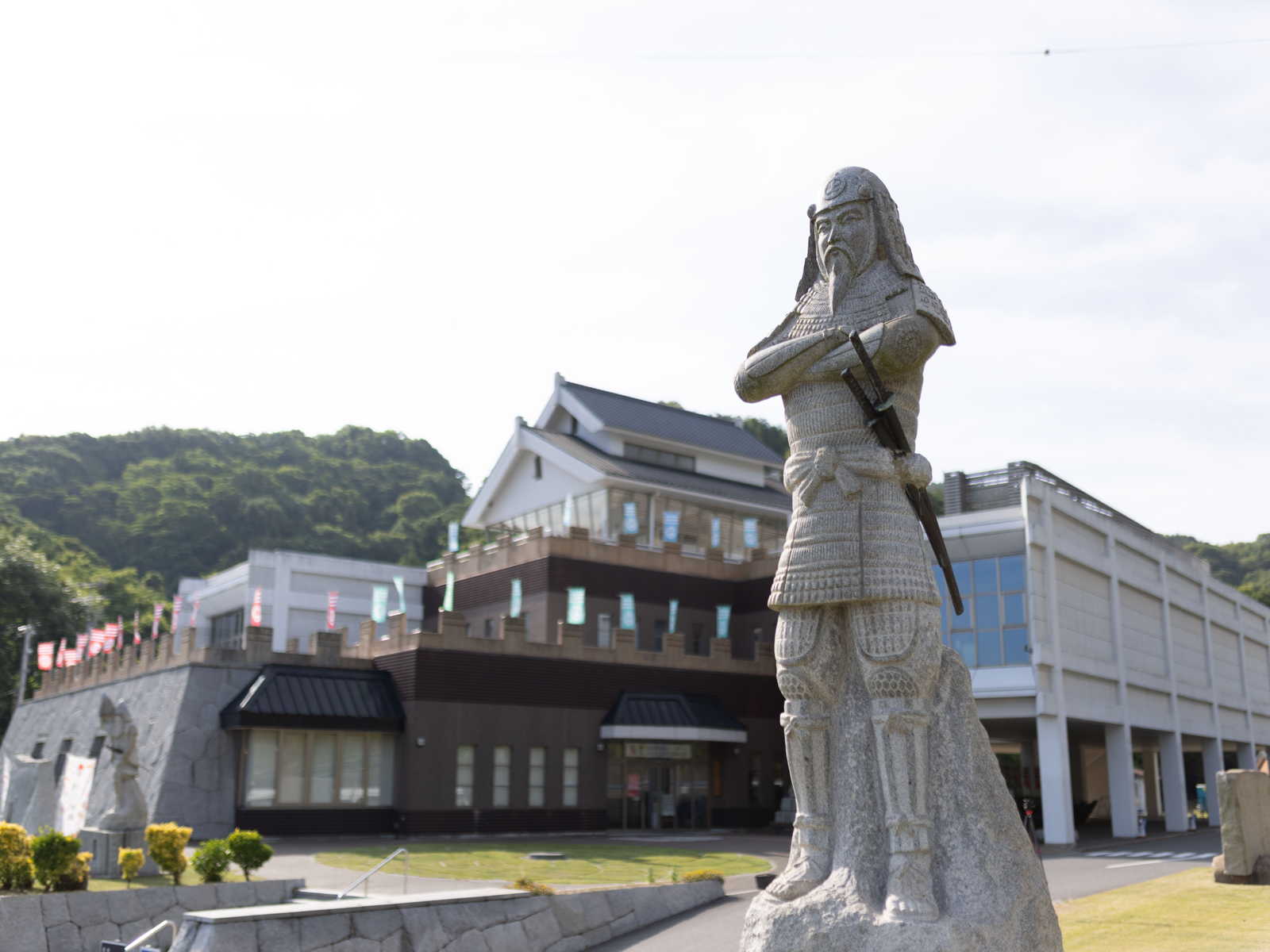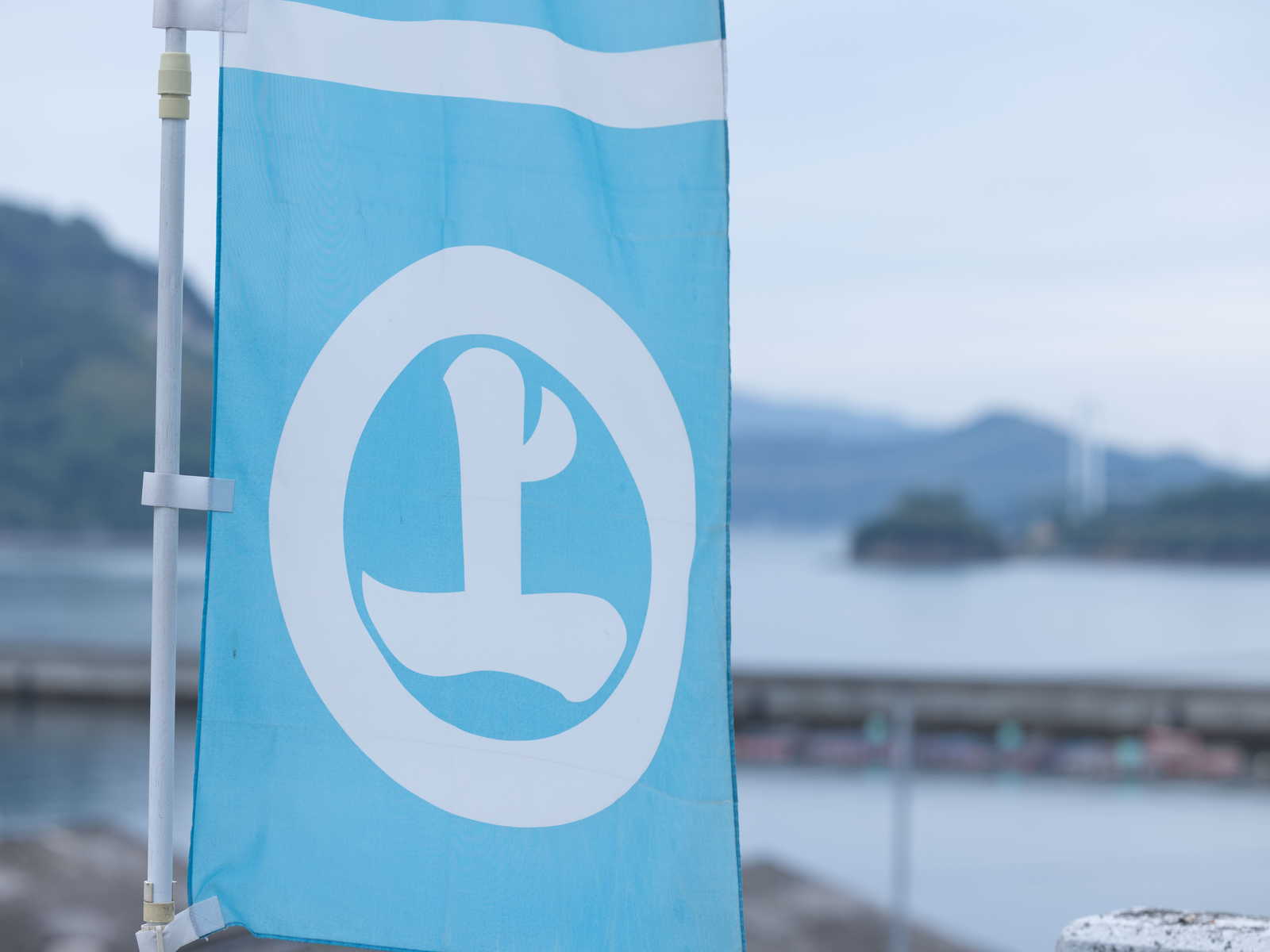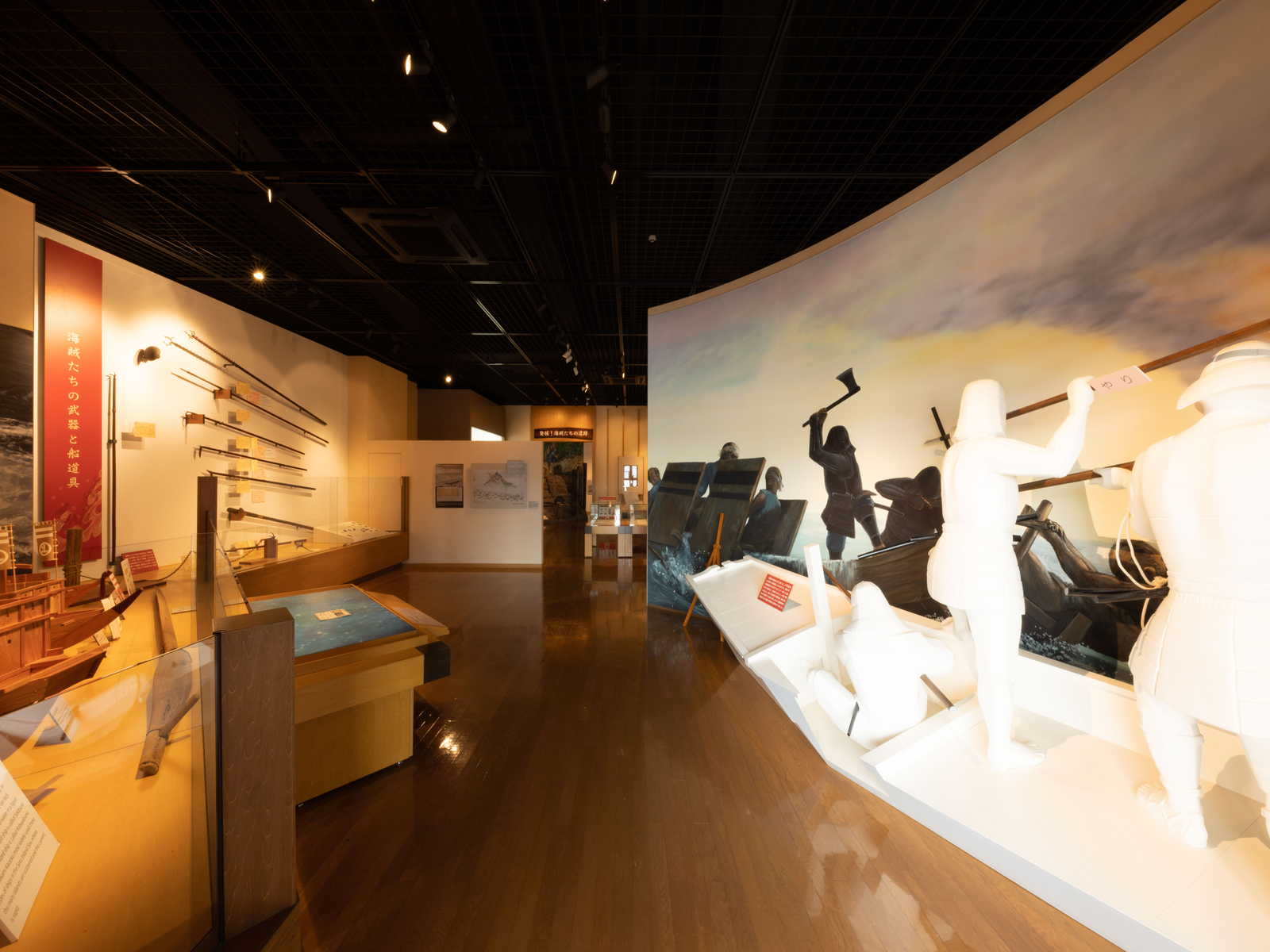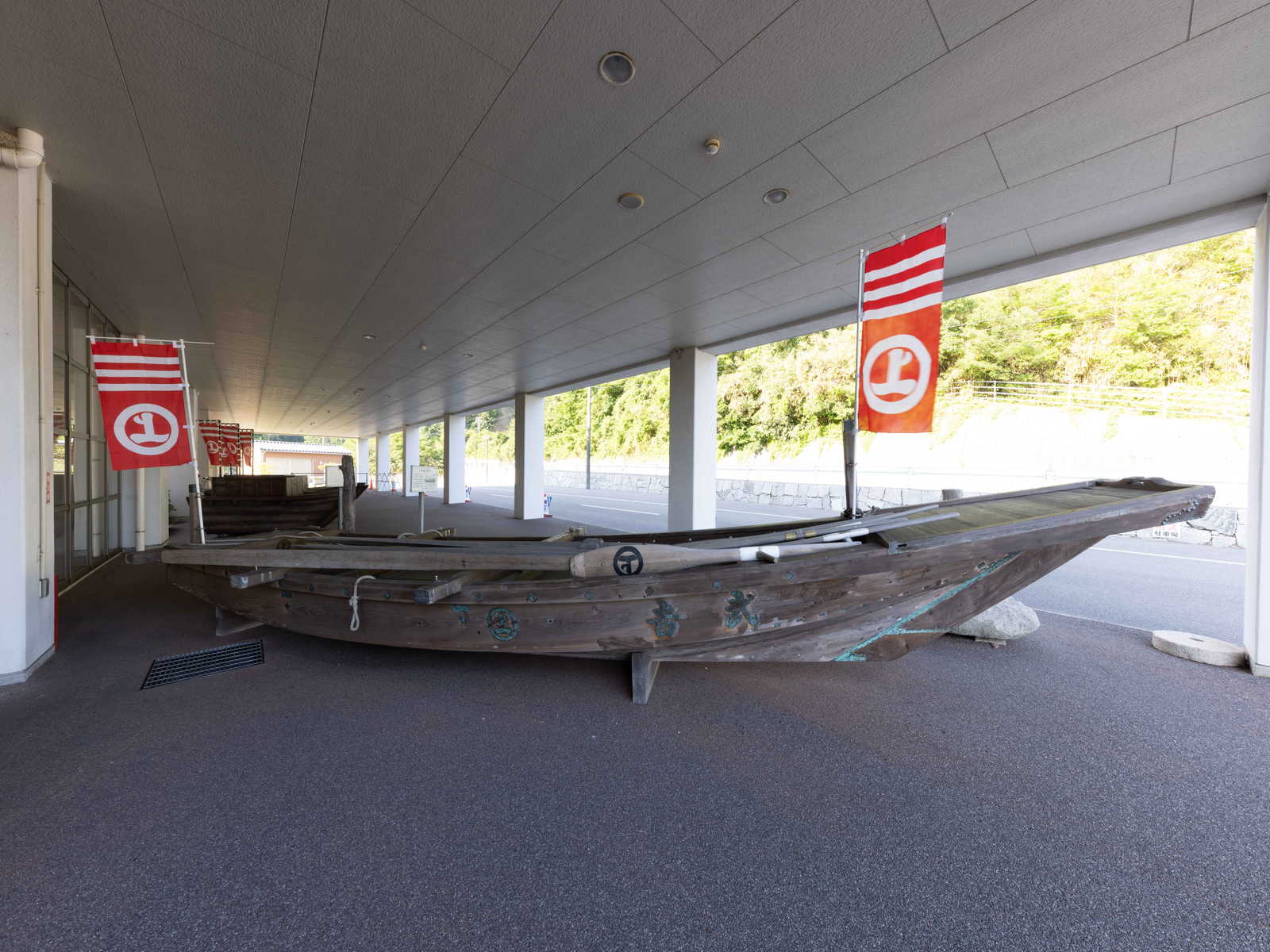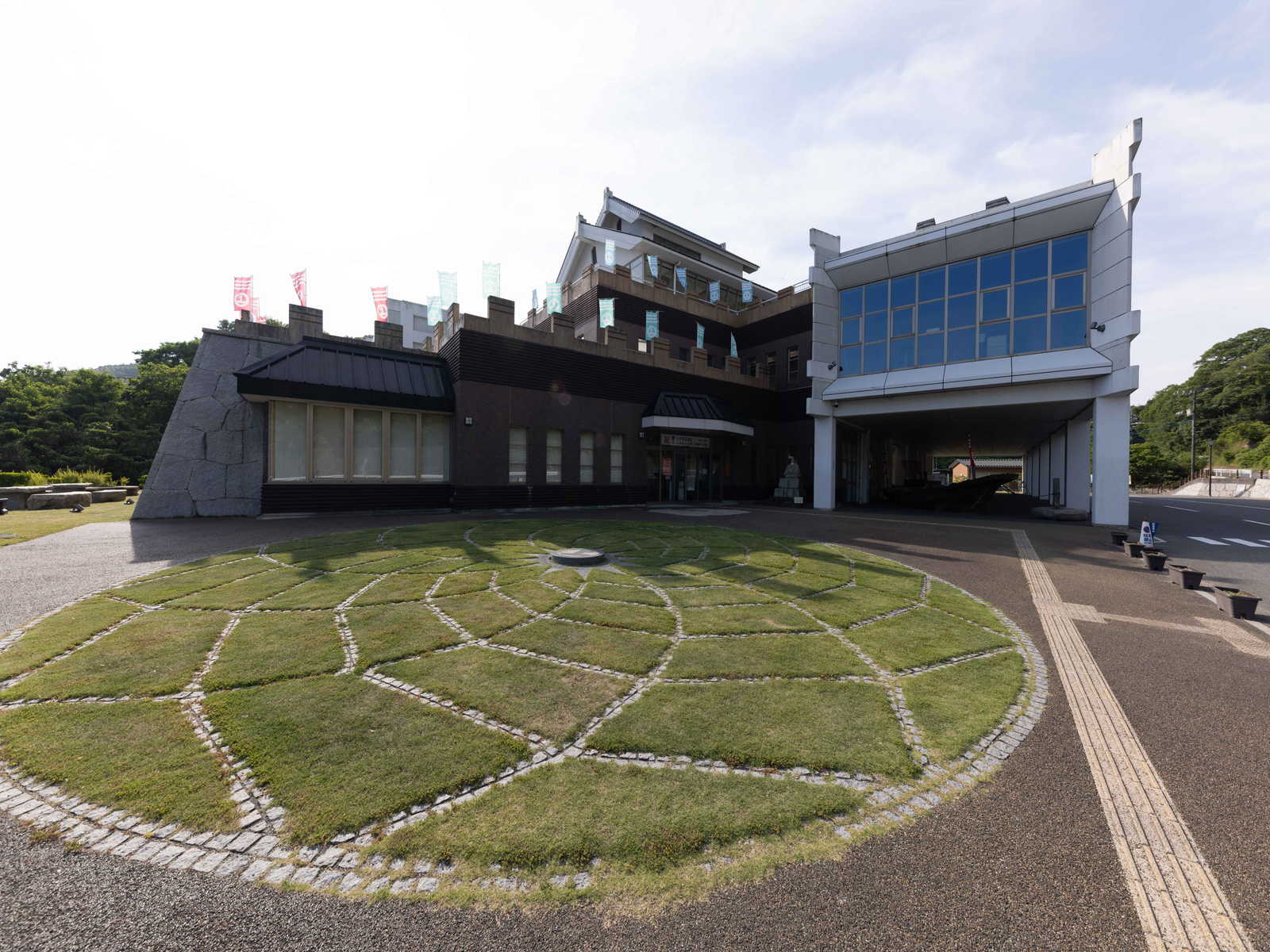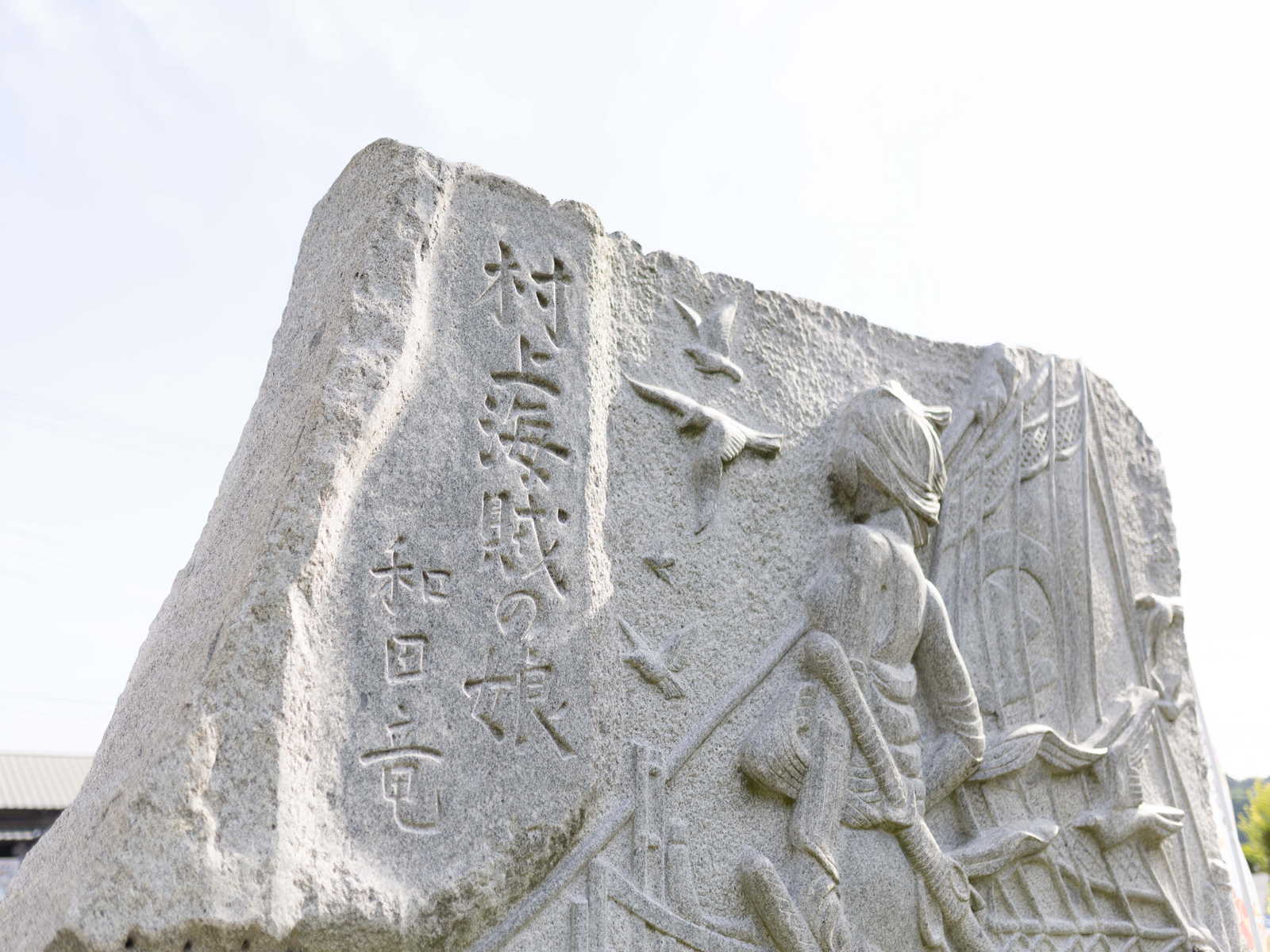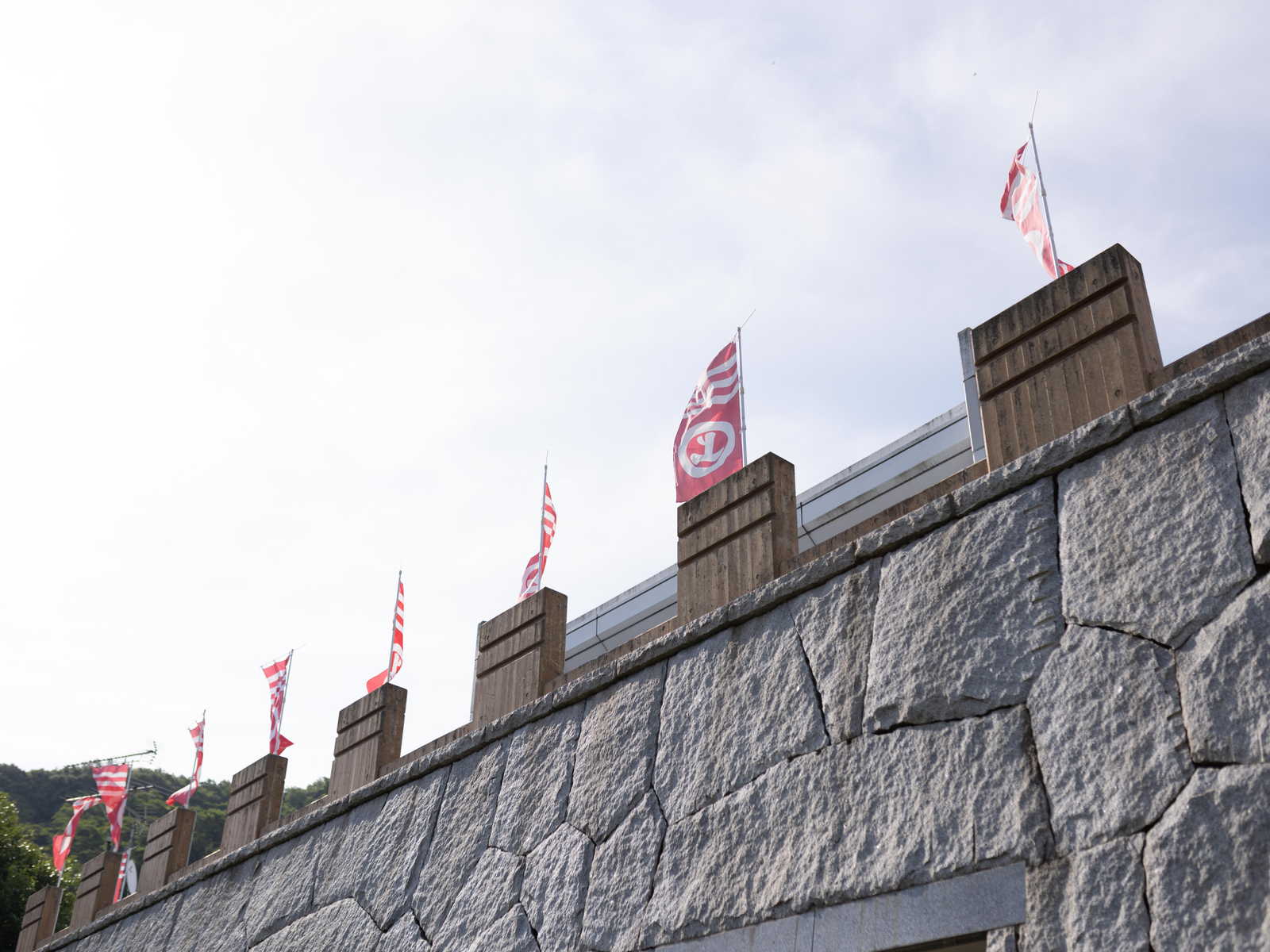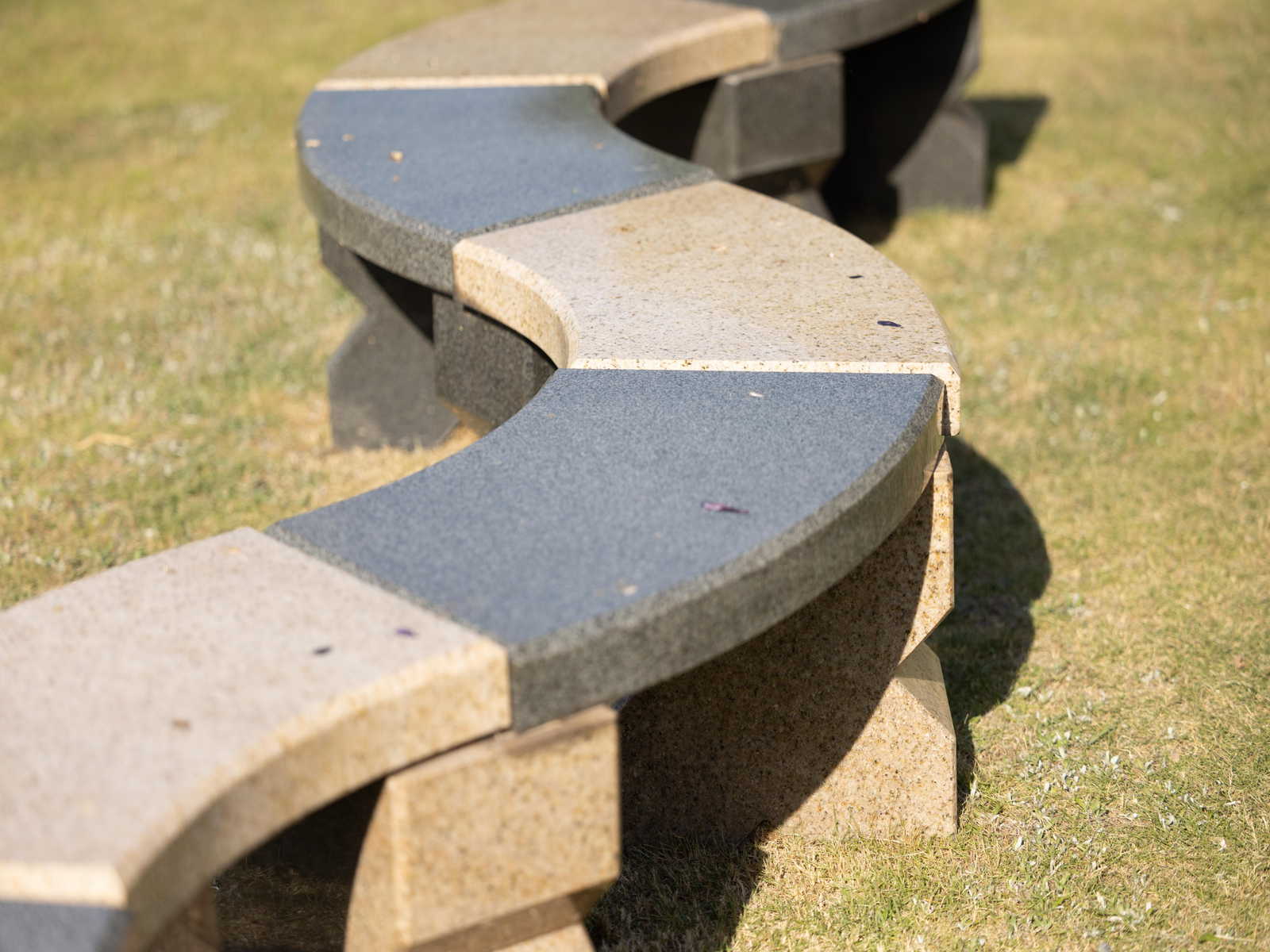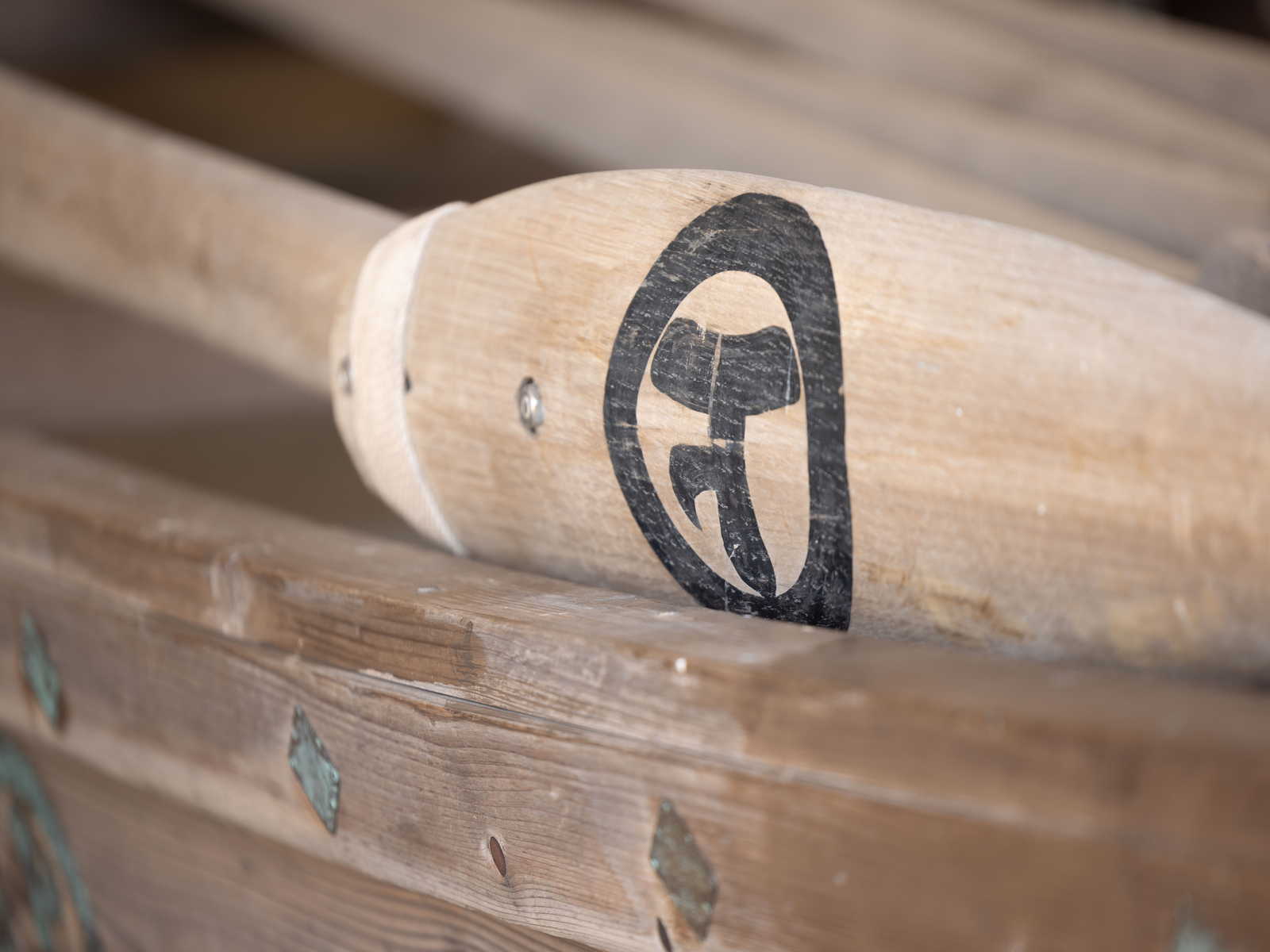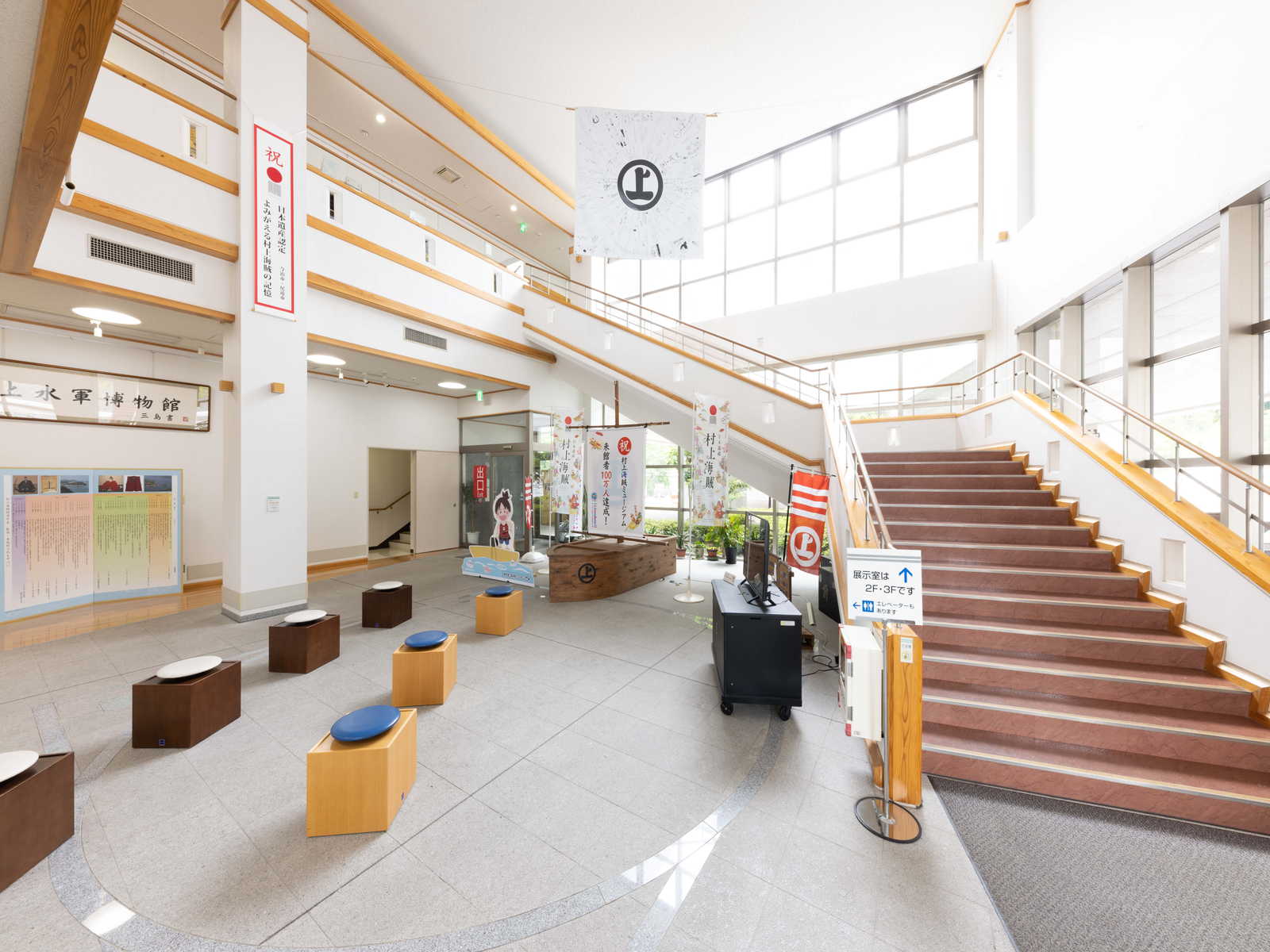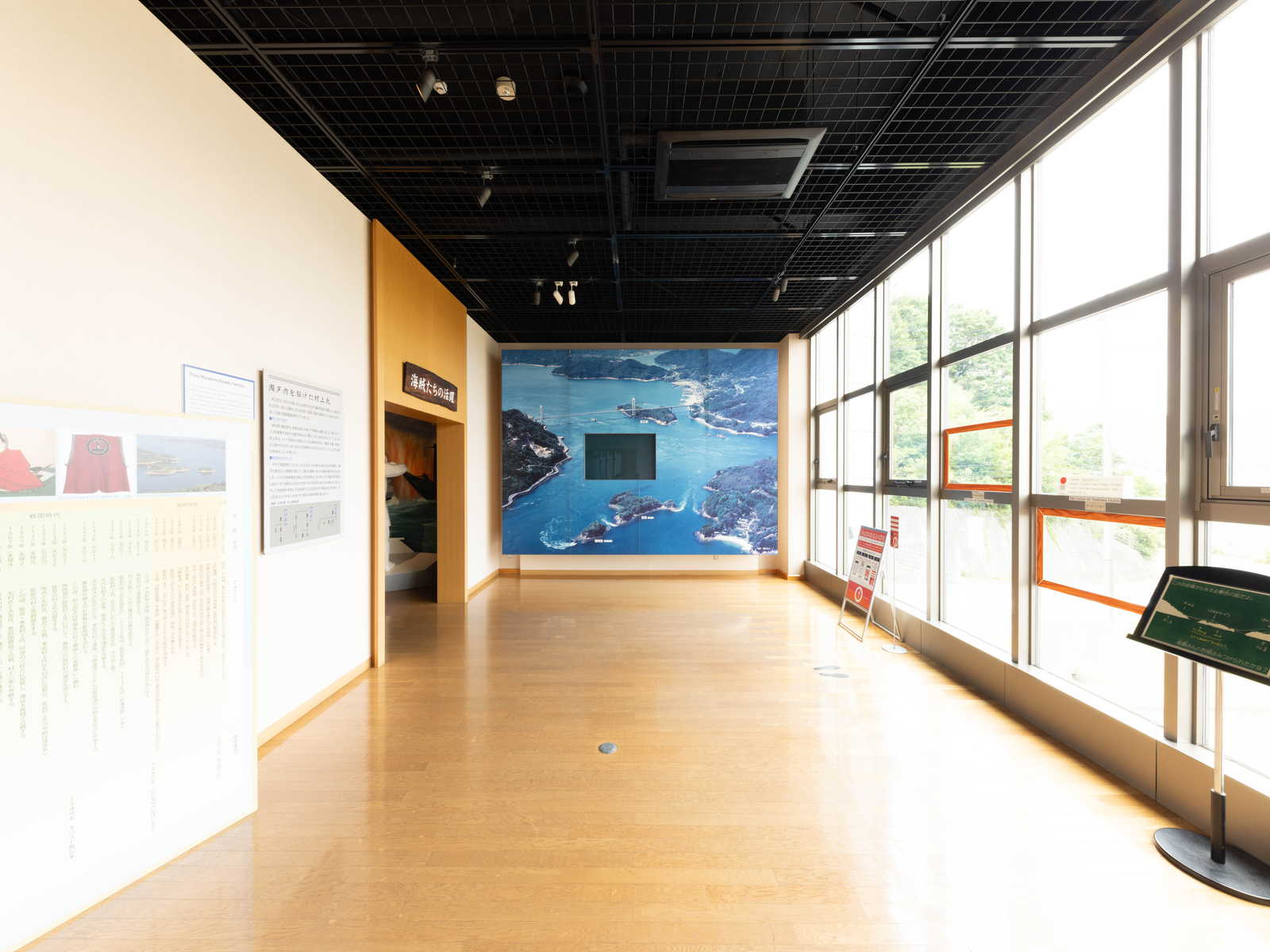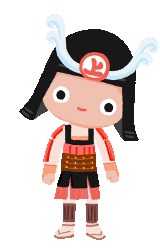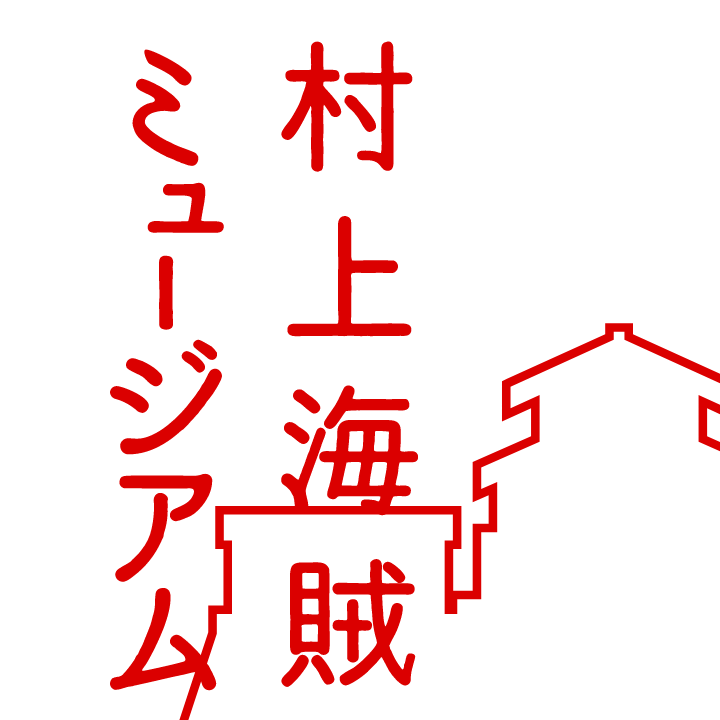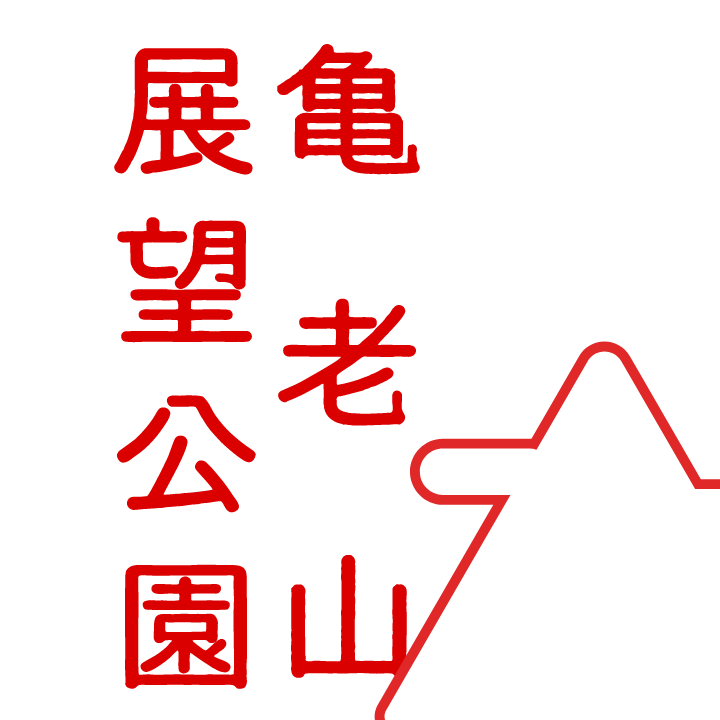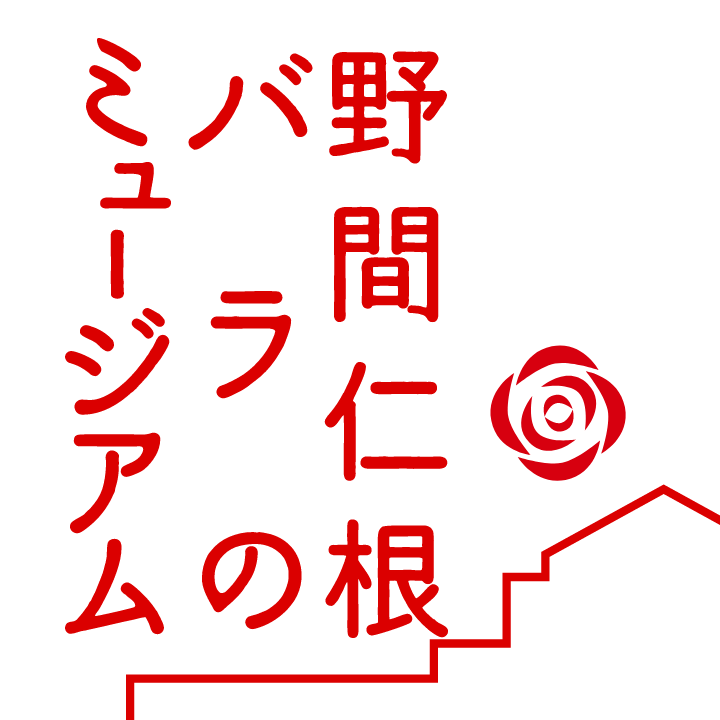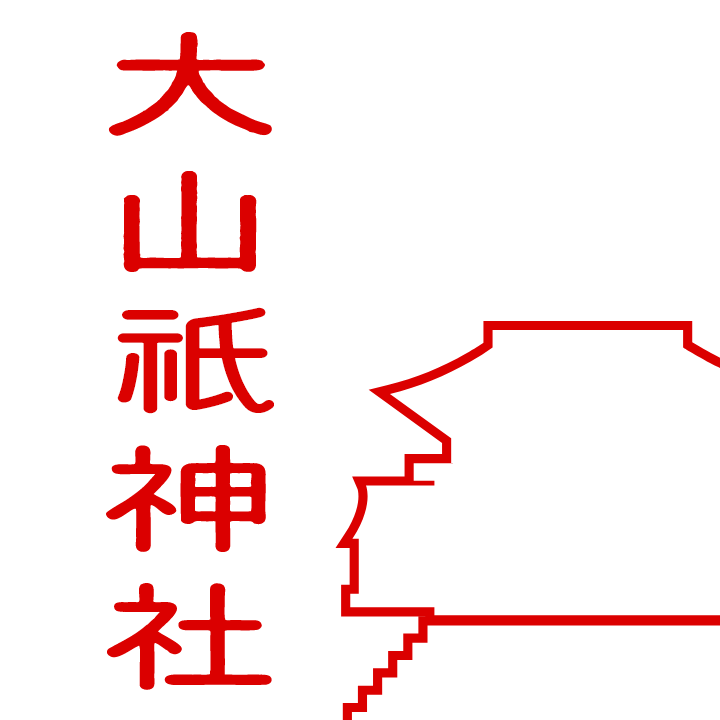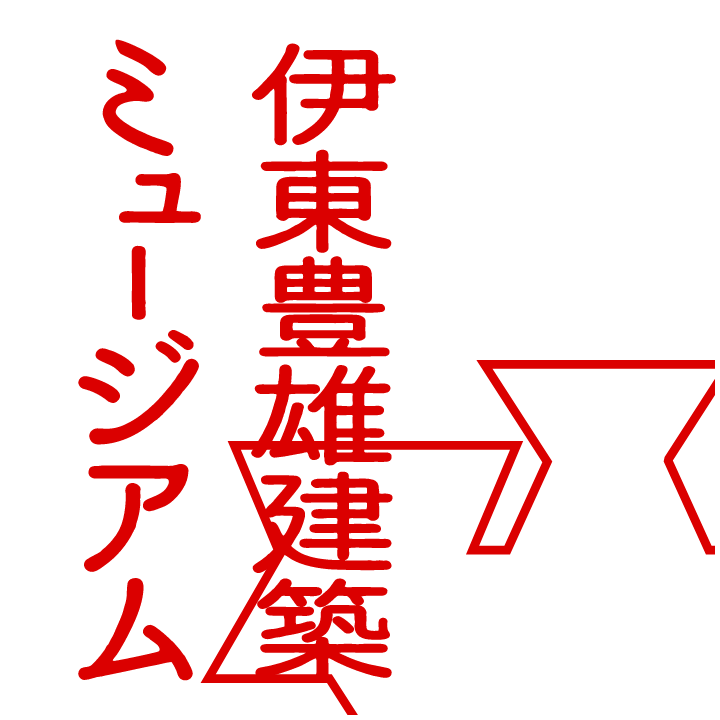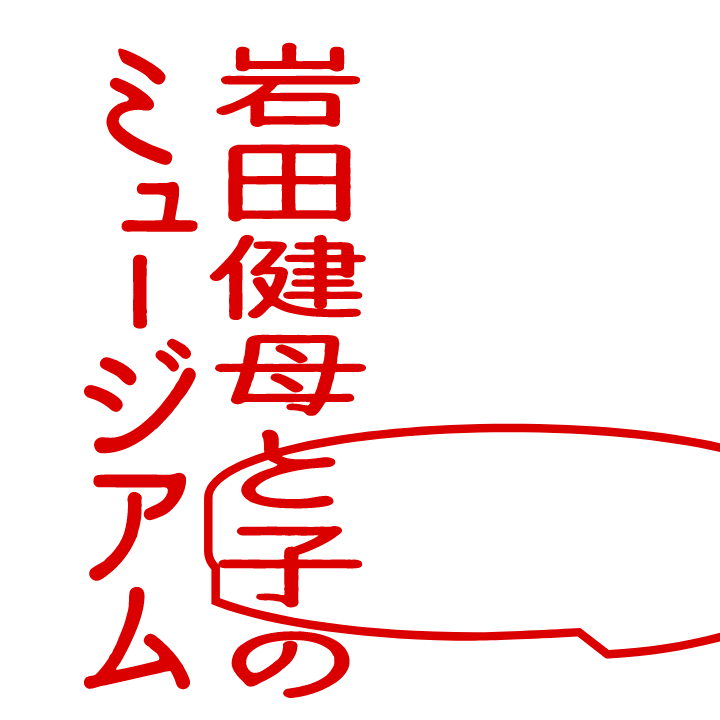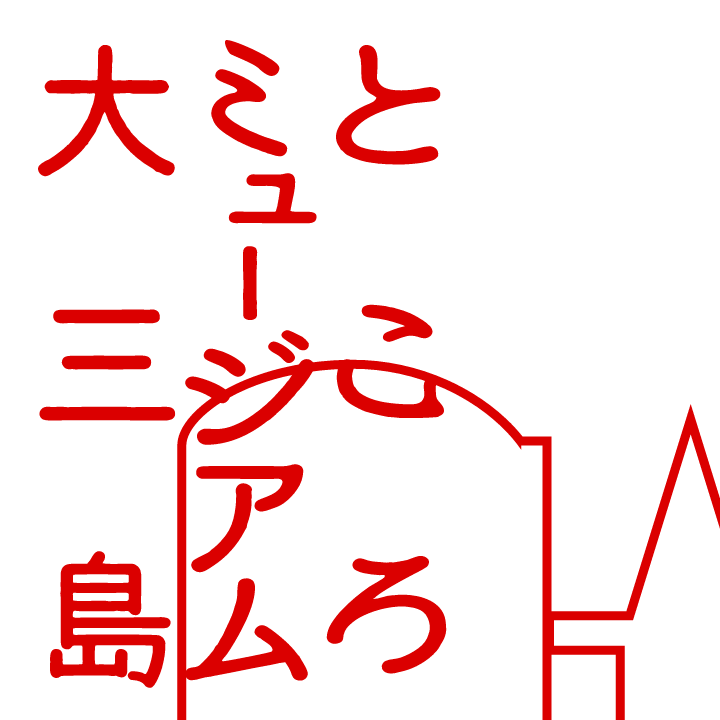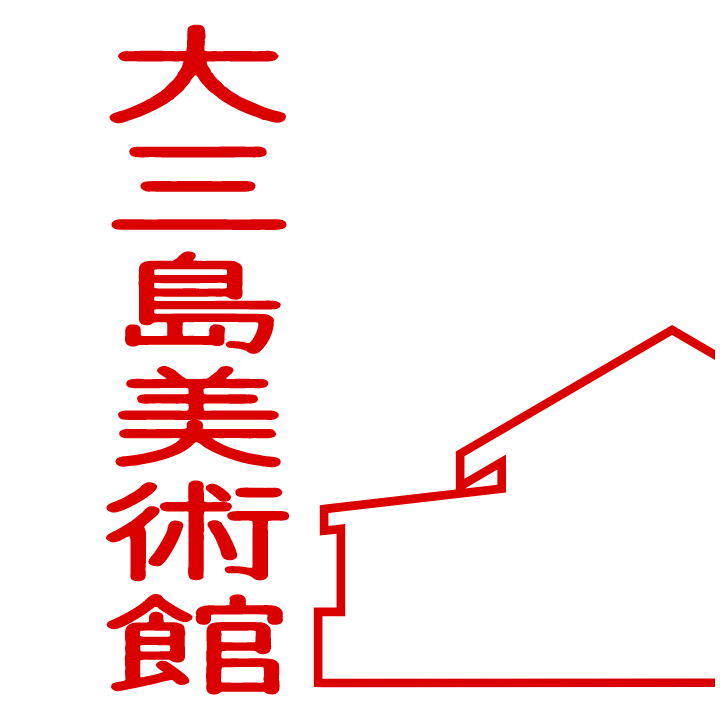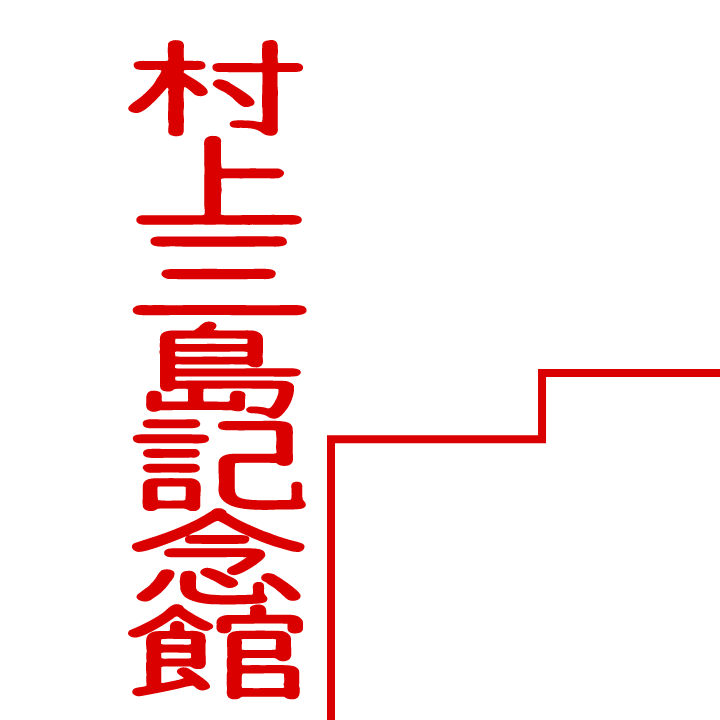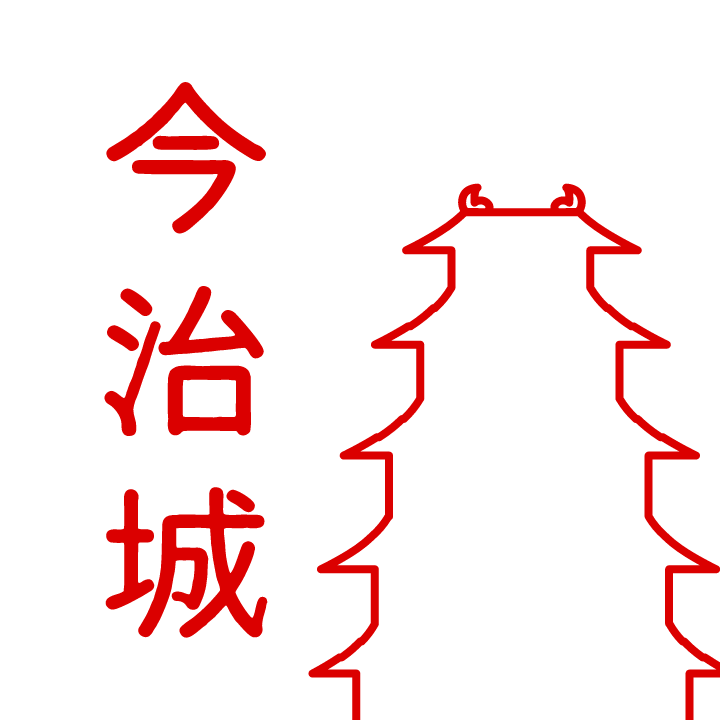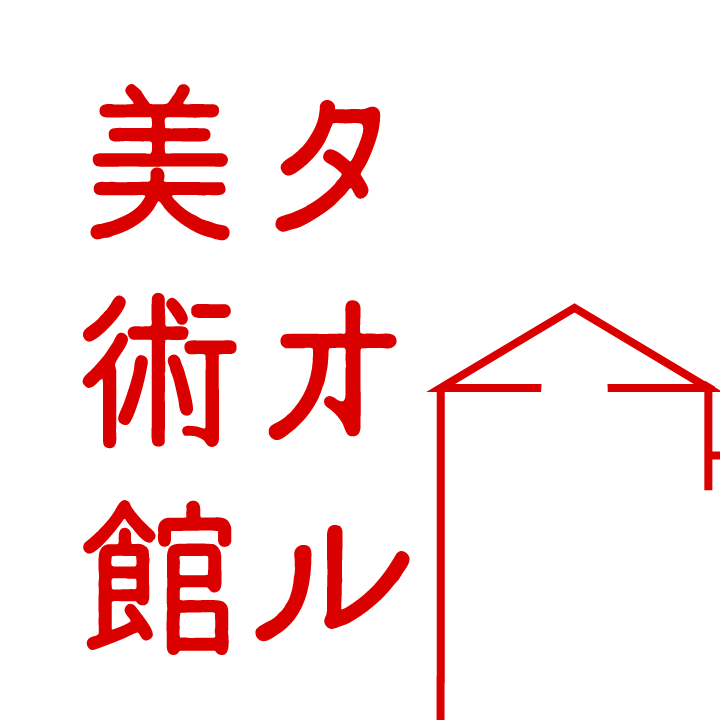Murakami Kaizoku Museum
The Murakami Kaizoku Museum displays various exhibits that unravel the history of the Murakami Kaizoku who once ruled the sea around Imabari. Ancient documents and artifacts will reveal what the culture of the Murakami Kaizoku was like at the time. Get a glimpse of what reality was like for the Kaizoku.
Experience the history of the Murakami Kaizoku.
Although the sea around Imabari looks seemingly calm, looks can be deceiving. The sea around Imabari and the nearby islands is difficult to navigate because of the strong currents that lay underneath the water. The Muraki Kaizoku were experts when it came to matters of the sea. Maritime traffic was able to stay save on the water with the support of the Murakami Kaizoku. Let's delve into the history of the Murakami Kaizoku.
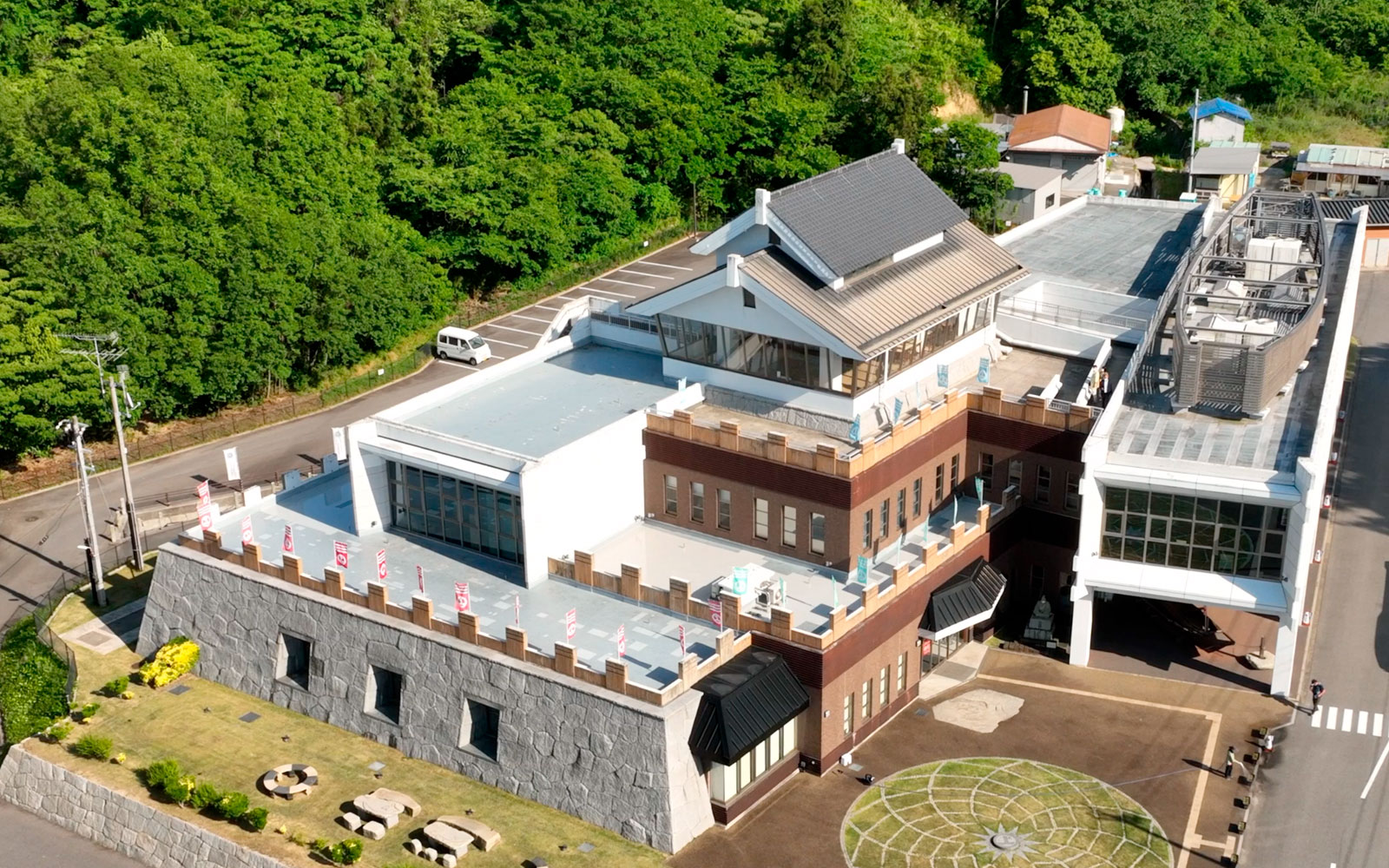
Kaizoku in action
The Murakami Kaizoku once ruled the sea around Imabari. In this section the museum will introduce the representative naval battles of the time. It will also describe the different maritime activities that took place during times of peace.
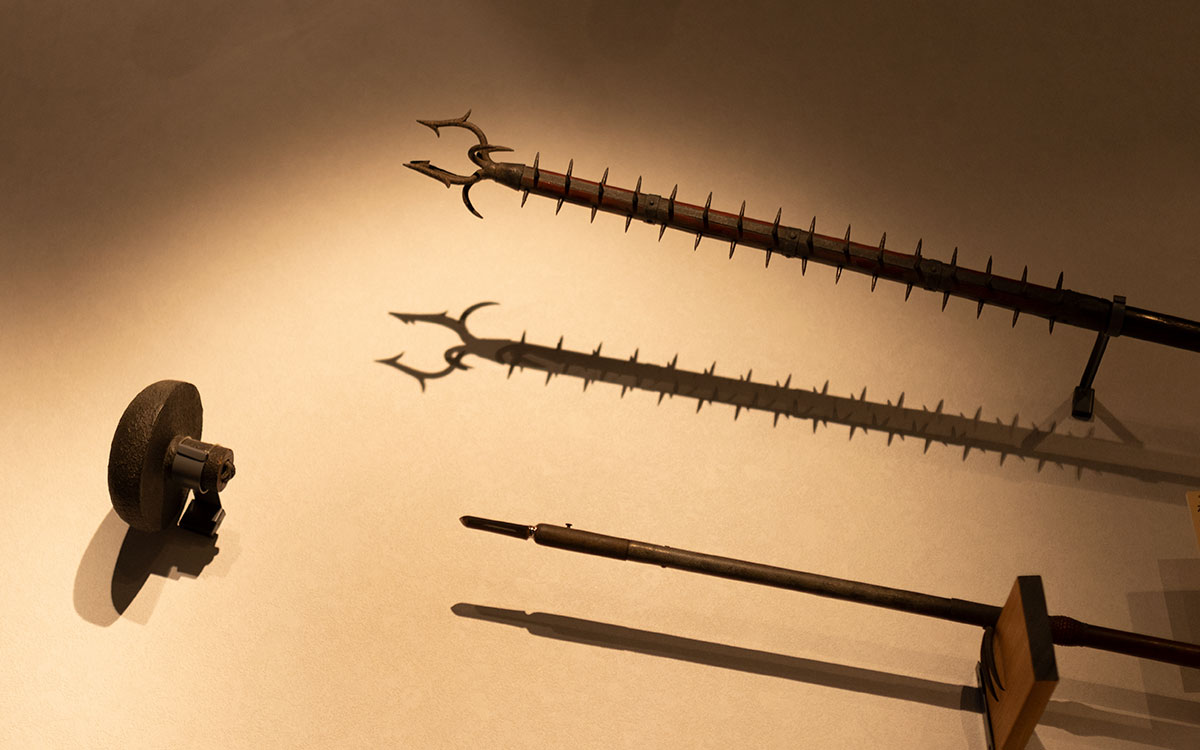
The Kaizoku who nurtured a rich culture.
The Murakami Kaizoku were known to act violently on some occasions but that was not all there is to them. The Murakami Kaizoku ensured the safety of sailors who wanted cross the dangerous sea, in exchange for this safety people would have to pay a toll. The Murakami Kaizoku were also men of culture. At Oyamazumi Shrine on the island of Omishima you can find many Japanese poems called Renga that were composed by the Murakami Kaizoku.
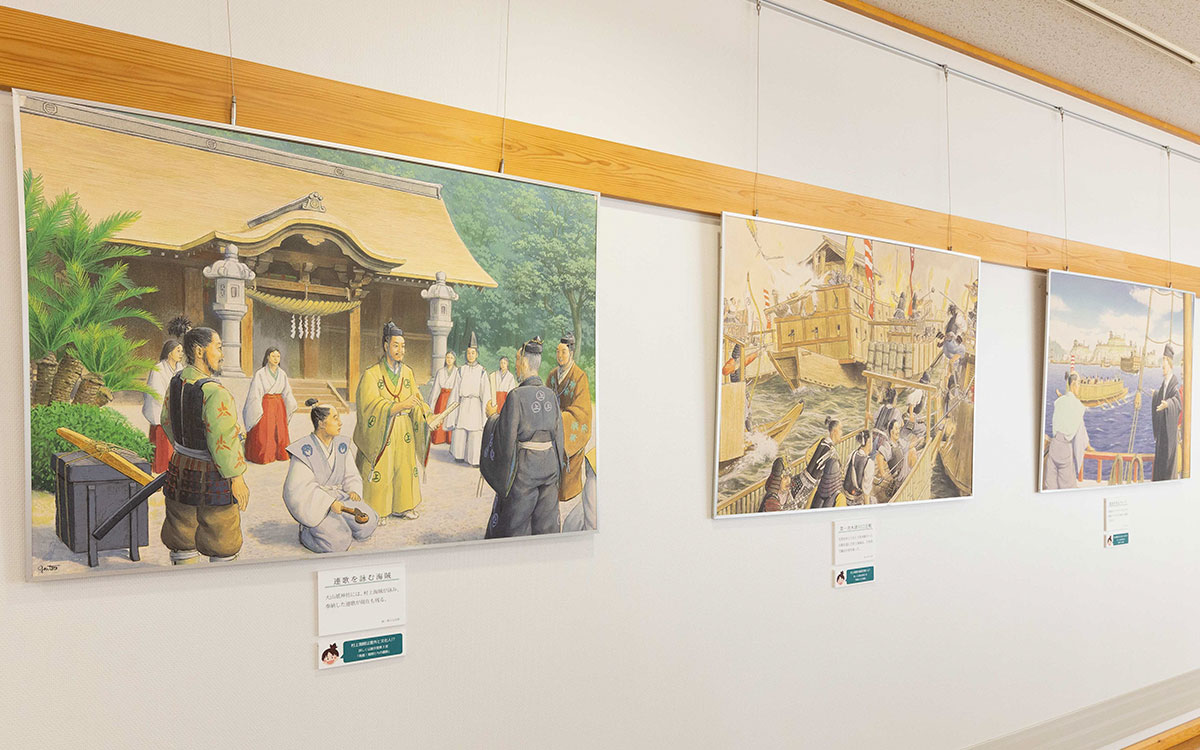
"The largest Kaizoku group family in Japan"
the Noshima Murakami
Over time the Murakami Kaizoku had nurtured their maritime mobility skills and expertise of sea around the Geiyo Islands. The Murakami Kaizoku were able to safely navigate even the most difficult parts of the sea. During the Sengoku period of Japan, the Murakami Kaizoku controlled a wide area of the western regions of the Seto Inland Sea. This gave the Murakami Kaizoku more and more influence on domestic, military and maritime shipping trends.
Of the three families, the Kurushima Murakami clan based in Kurushima Castle played an active role as a senior vassal of the Kono clan, the protectors of the Iyo Province. The Innoshima Murakami clan served the Ouchi clan of Suo Province and later became a powerful maritime force of the Mori clan, who eventually seized hegemony over the Chugoku region.
The Noshima Murakami clan, who established their headquarters here in Miyakubo and is said to be the most independent of the three families. Their relationships with neighboring Feudal lords can be described as sometimes friendly and sometimes hostile and tenses. Over time the Noshima Murakami clan was able to stand their ground.
The Noshima Murakami clan enjoyed their heyday during the era of Takeyoshi Murakami and his sons Motoyoshi and Kagechika. The Noshima Murakami clan controlled maritime traffic from Northern Kyushu in the west to the Shiwaku Islands in the east. During times of peace, they played an important role in martime safety and logistics. The Noshima Murakami clan provided maritime security and transportation across the dangerous parts of the Seto Inland Sea. However during times of war, the Noshima Murakami clan were well known for their tactics involving small fast ships and the use of gunpowder. The Murakami Kaizoku skillfully maneuvered their small fast ships and attacked enemy vessels using (Houroku-hiya) also known as fire arrows. The leader of the clan Takeyoshi Murakami was also known as a man of culture who enjoyed his pastime composing Renga poetry, burning incense and drinking tea. The Portugese missionary Luís Fróis who visited Japan at the time describe the Noshima Murakami as'Japan's greatest pirates'.
So far we have always used the term Kaizoku to describe the Murakmi Kaizoku instead of Suigun which is the Japanese word for navy. The word Suigun is a word that has been used since the Edo period and from the Meiji period to the Showa period. If you look at the history of the Murakami Kaizoku you might think that they can be seen as a predecessor of the Modern current navy. Nonetheless because of the diverse activities and practices of the Murakami Kaizoku, most often in ancient documents of the time the word 'Kaizoku' was used instead. The word Kaizoku is a better description for the Murakami Kaizoku at the time than the word Suigun.
Nowadays, the word pirate seems to have a mostly negative connatation. When you hear the word 'Kaizoku' you think of outlaws who attack and hijack ships in search for loot and treasure. However as you tour the exhibition rooms of the museum you will find that the Murakami Kaizoku might not have that same negative image. There is more to the Murakami Kaizoku than meets the eye.
Murakami Kaizoku Museum
Online Tour
The mystery of the Murakami Kaizoku Museum
A bright red Jinbaori is preserved and displayed at the Murakami Kaizoku Museum.
According to the legend of the Noshima Murakami family, it is said to have been dyed with the blood of a fictional animal called Shojyo, but recent research has revealed the true material that was used for the dye. What is this red Jinbaori dye made of?
A. Soil B. Insects C. Grass
the Shimanami Art Museum and
challenge the mystery!
Click here for stamps↓
Shimanami Art Museum
Online Tour.
Explore the website pages of the museum and Challenge yourself by solving the mysteries!
Get a voucher to receive Imabari's specialty goods at the venue.
Press the stamp below and visit each museum page!
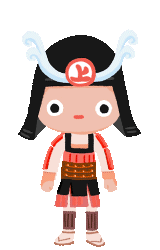
Shimanami Art Museum MAP
User guide of the Murakami Kaizoku museum
| Address | 1285 Miyakubo, Miyakubo-cho, Imabari city, Ehime Prefecture |
|---|---|
| Telephone | 0897-74-1065 |
| Business hours | 9:00 am to 5:00 pm (Last admission 4:30 pm) |
| Closing day |
Every Monday ( If Monday is a Japanese National holliday, the museum will be closed the following day) New Years holliday ( Decemer 29th untill January 3rd) |
| Price | General Admission Adult :310yen Students :160yen Group (requires 20 people or more) Adult: 250yen Student :130yen |
| Parking |
Free standard-sized car up to 50, Bus up to 3 buses. There is bicycle parking lot(up to 10) |
| Parking | Parking is for Free |
